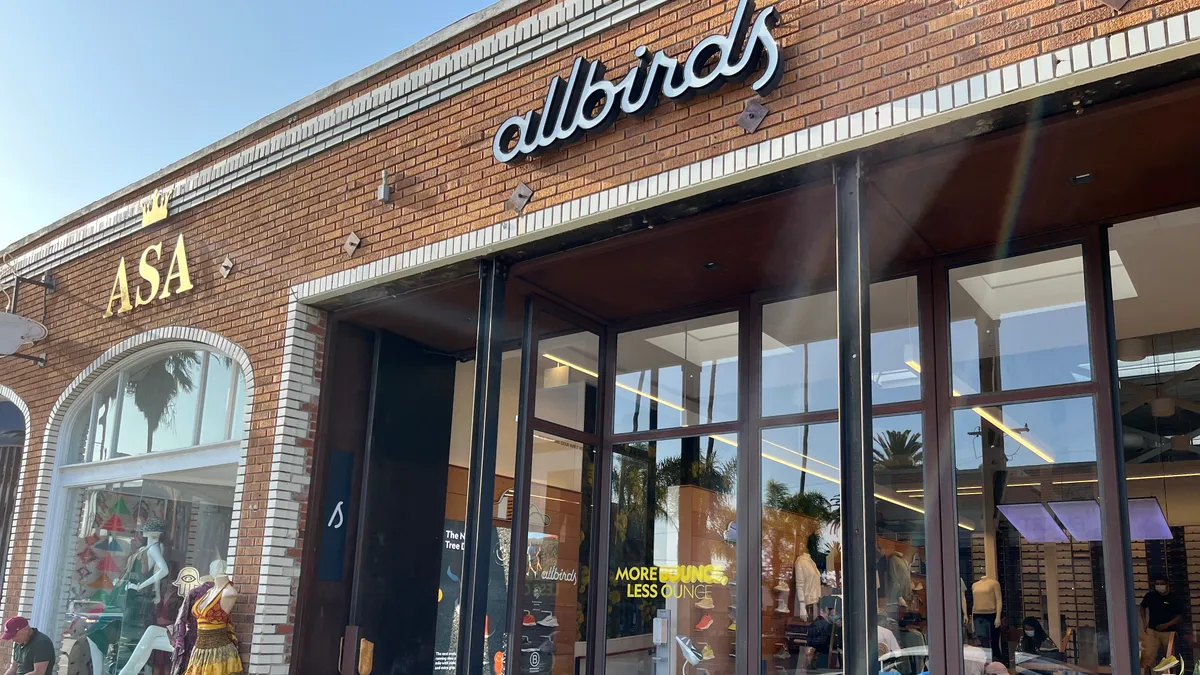Dive Brief:
-
Retail sales excluding autos and fuel rose 0.3% in May 2016, in line with estimates from MarketWatch economists, the Census Bureau said Tuesday. Overall retail sales grew 0.5% in the period, beating an expected 0.3% increase.
-
Sporting goods sales rose 1.3% and apparel sales increased 0.8% last month, while department stores suffered a 0.9% drop (climbing to 5.8% year over year) and home improvement sales fell 1.8%. Online sales grew 1.3%.
-
Retail sales for March and April were left unrevised, the Census Bureau noted.
Dive Insight:
The healthy retail sales report helps mitigate concerns resulting from a recent Labor Department report stating that the U.S. economy created only 38,000 jobs in May 2016 (the fewest since September 2010), and indicates that consumers are splurging in some categories and otherwise spending fairly steadily.
“This is a very strong spring quarter for consumer spending,” Stuart Hoffman, chief economist at PNC Financial Services Group, told Bloomberg, saying that the economy “is bouncing back pretty solidly.”
Direct-to-consumer sales (read: e-commerce) are especially robust, growing 10% in the first five months of the year. Many forecasters predict e-commerce will only continue to grow, especially in categores like apparel: Goldman Sachs last week said online apparel and accessories sales in the U.S. could grow 20% over the next four years, compared to just 10% six years ago.
Still, most shoppers continue to shop mostly in stores, with price the main driver for online sales, other research shows. In fact, a study from Boston Consulting Group this week found that many consumers plan to scale back their online shopping.
"[T]he findings from this research certainly pour cold water on everyone's expectations for a continuously rising e-commerce world,” BCG senior partner Michael J. Silverstein said in a statement this week. “E-commerce winners will have to earn new dollars and new spending by providing new value. That means me-too players will suffer—and leaders will need to provide more user-friendly websites, lower prices and offers tailored to individuals customers.”














